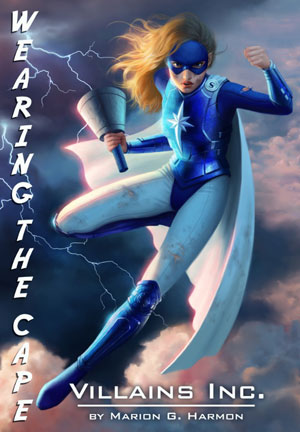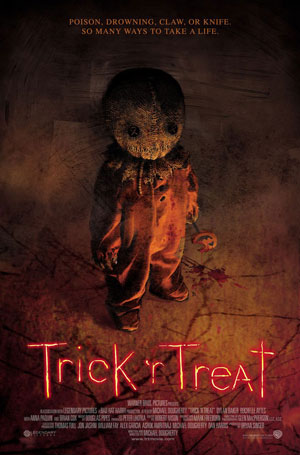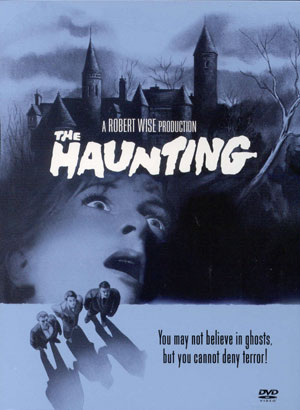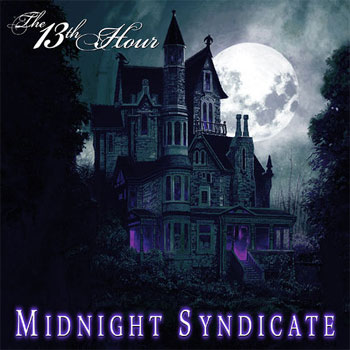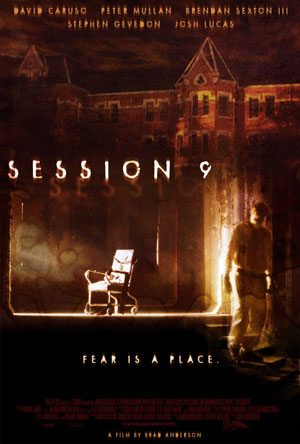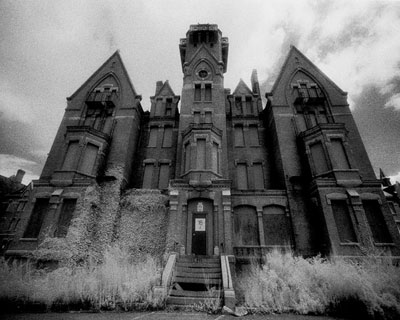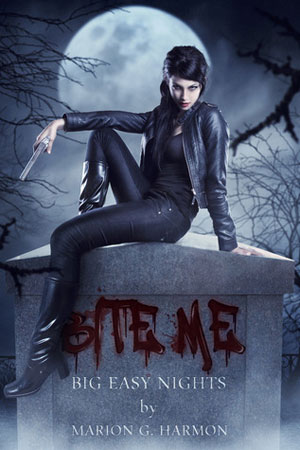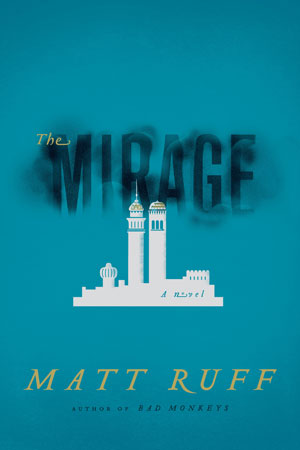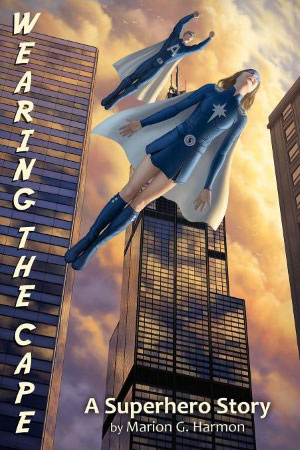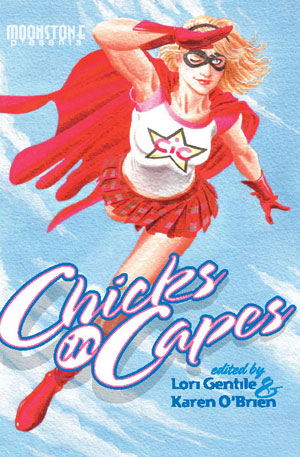Hope for the Future
Wearing the Cape: Villains Inc. by Marion G. Harmon
The third consecutive novel in the “Wearing the Cape” series (technically, it was written second, with the previously reviewed “Big Easy Nights” written to bridge the gap between the first novel and this one) continues the story of newbie superhero Hope “Astra” Corrigan.
Astra has now completed her training and is a more effective superhero than ever, but after the events of the first novel, she suffers from post-traumatic stress disorder. And since her relationship with the late Atlas has been revealed, her popularity has plummeted. The Sentinels have plenty of problems of their own, too — with several of their most prominent members dead, they have to bring in new members quickly. And there’s a prediction that the team’s leader, the magic-wielding Blackstone, is going to be killed. And worst of all, Chicago is gripped by a metahuman crime wave as a group called Villains Inc. starts a war on organized crime, the Sentinels, the police, and anyone else who gets in their way.
There are also plenty of changes for two of Hope’s friends — Jacky “Artemis” Bouchard, reluctant vampire vigilante, back from New Orleans, learns what happens when a vampire gets hit by a powerful healing spell, and Shelly (Hope’s old friend from high school, who’d killed herself in an attempt to give herself superpowers and then been resurrected as an artificial intelligence — she lives inside Hope’s head and serves as her in-the-field crisis dispatcher) sees her role in the Sentinels organization develop in greater ways.
So will the Sentinels be able to track the spellcaster behind Villains Inc.? Will they be able to save Blackstone? Can they keep from getting wrecked by Villains Inc. and everyone else coming out of the woodwork to attack them? And how is Astra going to handle going toe-to-toe with a villain who’s even more powerful than she is?
Verdict: Thumbs up. I’ve read a lot of superhero novels, and I’ve liked an awful lot of them. And I really do think Harmon’s “Wearing the Cape” series is the gold standard that all other superhero novels should aspire to. Seriously, it’s better than “Soon I Will Be Invincible,” which is a heck of a good novel.
I love the characters — Hope, Jacky, Shelly, the Bees, Hope’s parents, Rush, Blackstone, Detective Fisher, Lei Zi, and all the rest. I love the action — bruising, brutal, terrible, thrilling. I love the drama and suspense and the vast amounts of humor.
And I love the attention to detail and realism — there are plenty of ideas here about how superheroes and supervillains would affect laws, culture, the media, and more. And even better, all that realism doesn’t make it a grim, unappealing story, like so many other “realistic” superhero stories. It’s still enormous fun to read, and to re-read.
Seriously, the story starts with Astra fighting Godzilla — or at least a godzilla. And it just gets better from there.
It’s a great story. Go pick it up.

